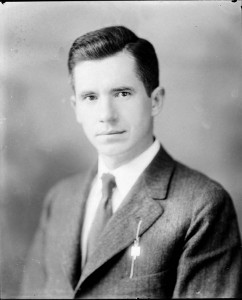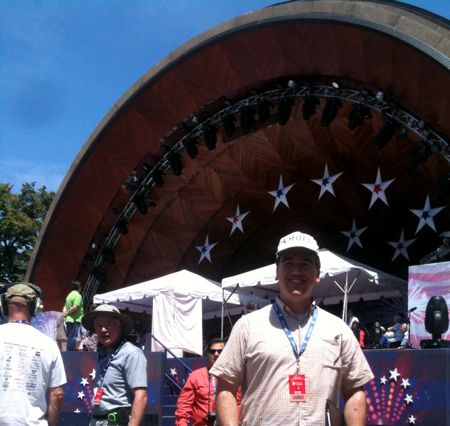I suppose it was inevitable. My last MacBook Pro was Apple’s first, the 1.83 GHz 15″ model that was the first to bear the name back in 2006. That was one in a series of upgrades that saw me getting a new machine every few years, thanks to a series of good product launches by Apple and a series of appalling product failures (power supply failures on the G3, the stuck hinge on the G4…) As I noted back then, the first generation MacBook Pro had case damage that rendered the battery unchargeable.
What happened afterwards was the trackpad button started sticking. And suddenly every time I tried to select text or files, the mouse got stuck in drag mode. It finally got to the point, yesterday, where I couldn’t even type. And Lisa said, “It’s time for a new laptop.”
It was time. Four years and four months, the longest time between machine refreshes that I’ve ever had since the year 2000. A testament as much to our financial priorities as to the quality of the machine.
And now, the new MacBook Pro is here. Most everything has been migrated to the new machine, a 13″ Pro model, which has, for the record, 4 GB of RAM, a 250 GB hard disk, and a 2.4 GHz Core 2 Duo processor. Twice the RAM, thrice the hard disk, and about 32% more CPU clock cycles doesn’t seem like it should make the computer a lot faster, but it does, oh it does.
And I am absolutely in love with the small form factor. The screen has about the same pixel dimensions as my old one but in a smaller form factor, and it’s a nice lightweight machine, rock solid, with a million nice features. We should have done this a lot sooner.


